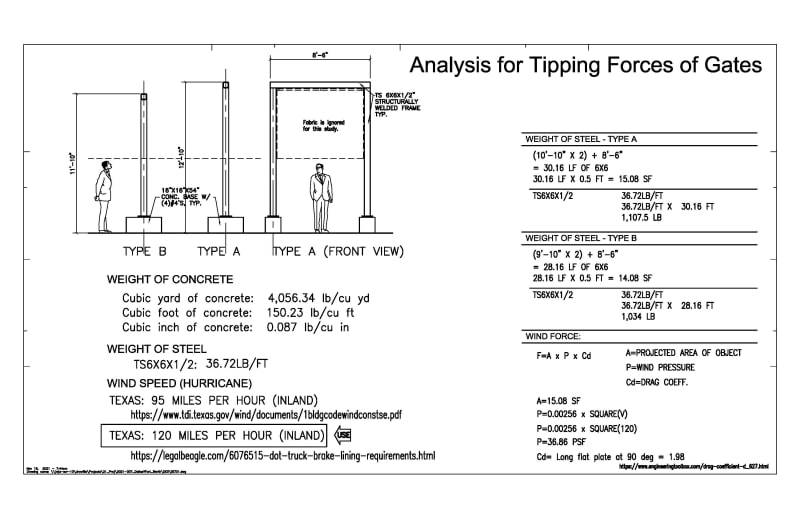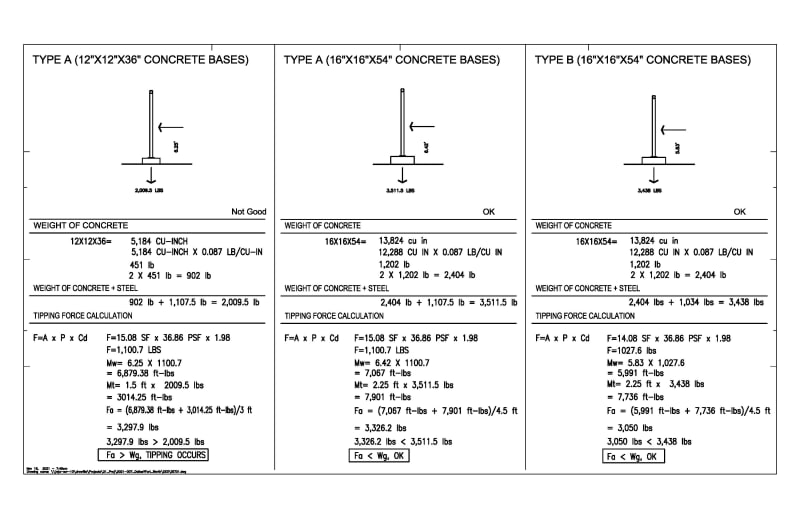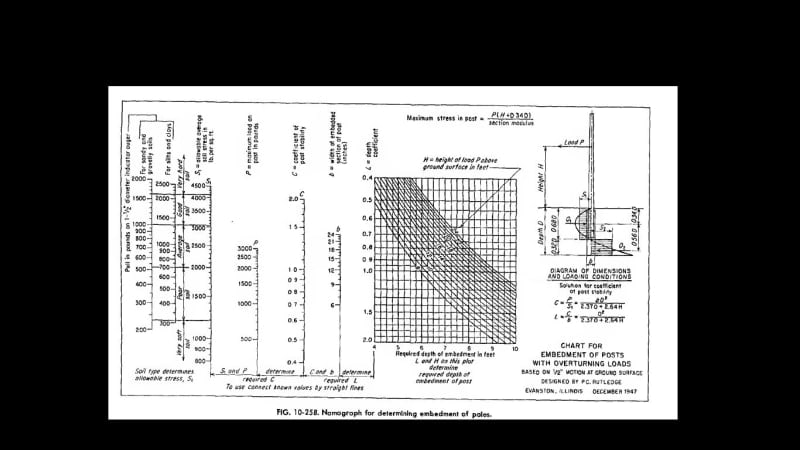architrave
Structural
thread726-296363
The tipping force thread was just what I need to reference.
Attached is a file that I was able to come up with based on this thread.
But I am afraid if I have understood the concept correctly and wonder if the concrete base weight could be smaller than what I came up with.
Any suggestion would be greatly appreciated.
Thank you.


The tipping force thread was just what I need to reference.
Attached is a file that I was able to come up with based on this thread.
But I am afraid if I have understood the concept correctly and wonder if the concrete base weight could be smaller than what I came up with.
Any suggestion would be greatly appreciated.
Thank you.



